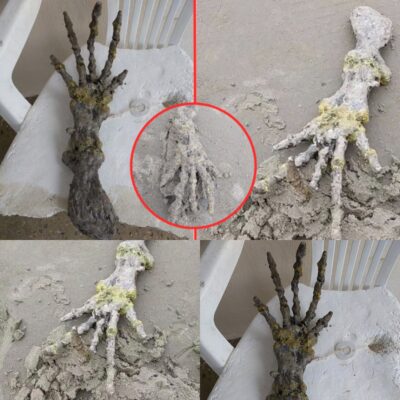The Church of St Nikolaus in Switzerland is home to a remarkable piece of history: the skeleton of St Pancratius, preserved in a suit of armor. This 16-19th century relic is a testament to the power and influence of the Catholic Church during this period, and a fascinating glimpse into the beliefs and practices of the time.

The story of St Pancratius begins in the early Christian era. According to legend, Pancratius was a young Roman boy who converted to Christianity and was subsequently martyred for his faith. His body was interred in the Catacombs of Rome, where it remained for centuries. In the 16th century, however, a new trend emerged in Catholicism: the veneration of relics. These were objects associated with holy individuals that were believed to have miraculous properties and the power to heal the sick and protect the faithful.

As the veneration of relics grew in popularity, so too did the trade in these items. Wealthy individuals and institutions would pay large sums of money for the bones, clothing, and personal effects of saints and other holy figures. It was in this context that the skeleton of St Pancratius came to be housed in the Church of St Nikolaus.
To protect the relic and give it a sense of dignity and importance, the skeleton was fitted with a suit of armor. This was a common practice at the time, and many other relics were similarly adorned. The armor is a beautiful piece of craftsmanship in its own right, with intricate patterns and designs etched into the metal.

Despite the macabre nature of the relic, the Church of St Nikolaus remains a popular destination for tourists and pilgrims alike. The skeleton of St Pancratius is a powerful reminder of the enduring influence of the Catholic Church in Europe and the importance of relics in religious practice.

In conclusion, the St Pancratius skeleton in armor is a fascinating piece of history that offers insight into the religious practices of the past. It is a reminder of the power and influence of the Catholic Church, and a testament to the enduring legacy of faith and tradition. The Church of St Nikolaus is to be commended for preserving this remarkable relic for future generations to appreciate and learn from.












